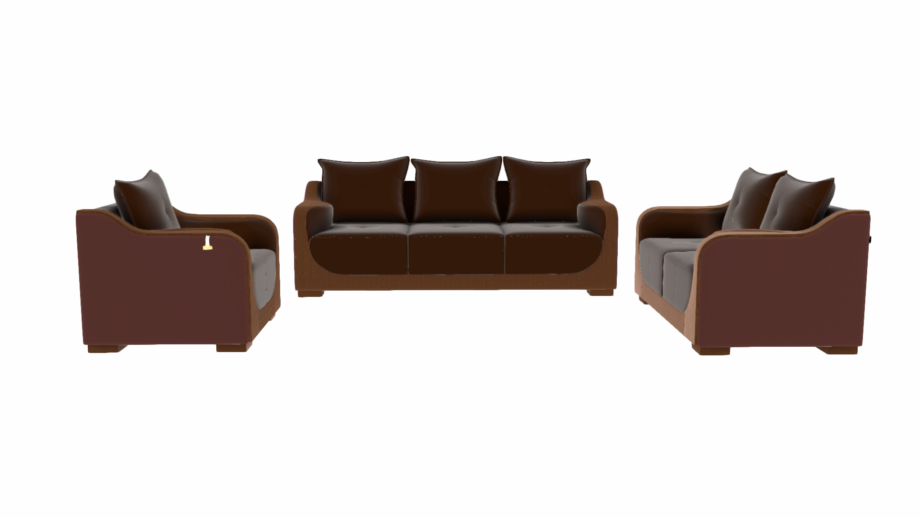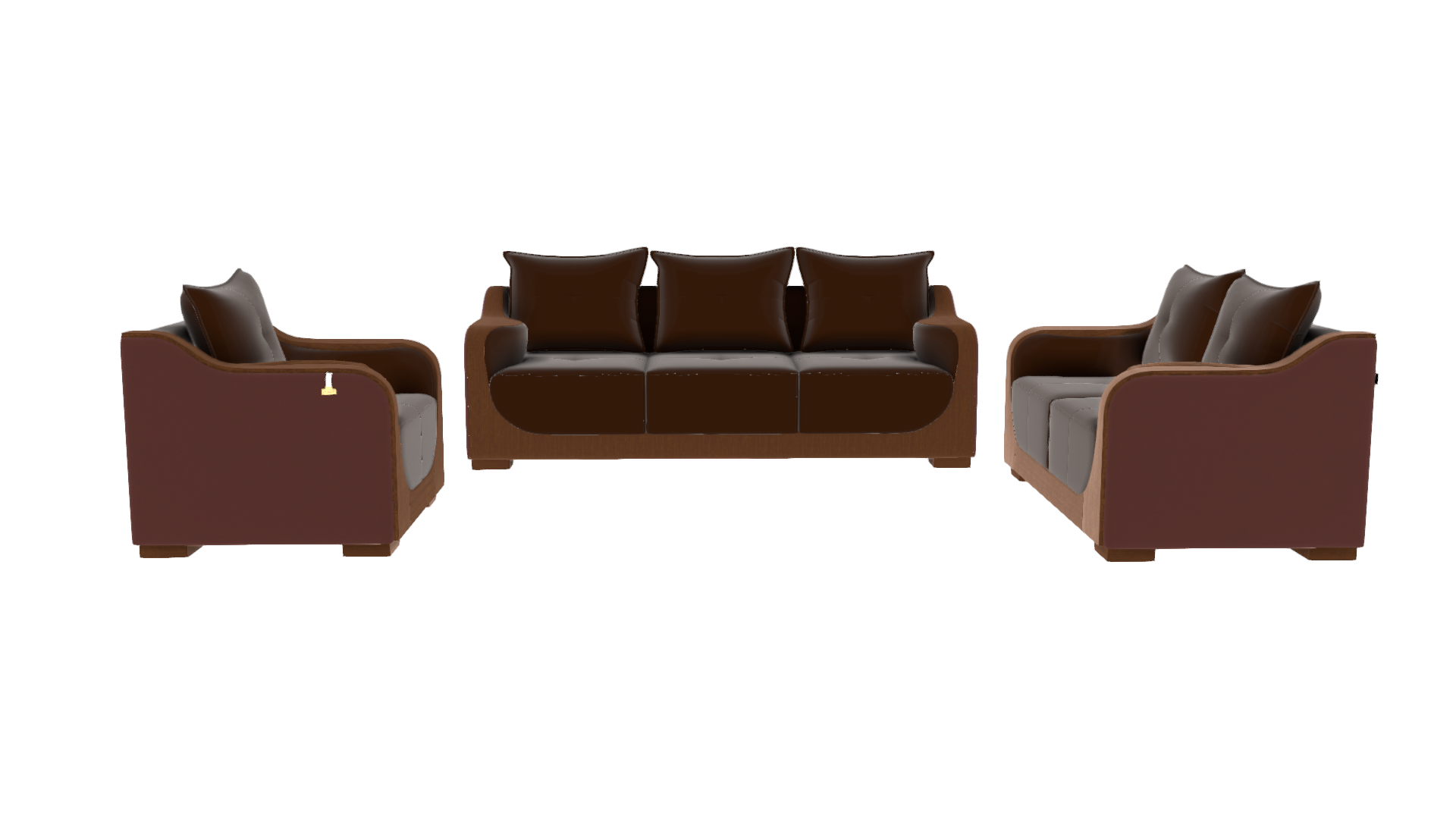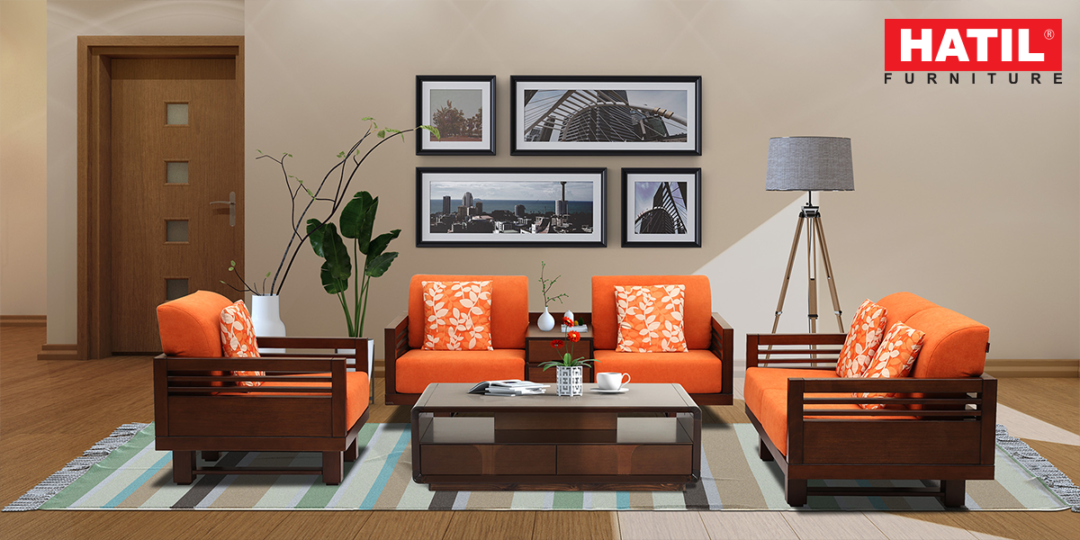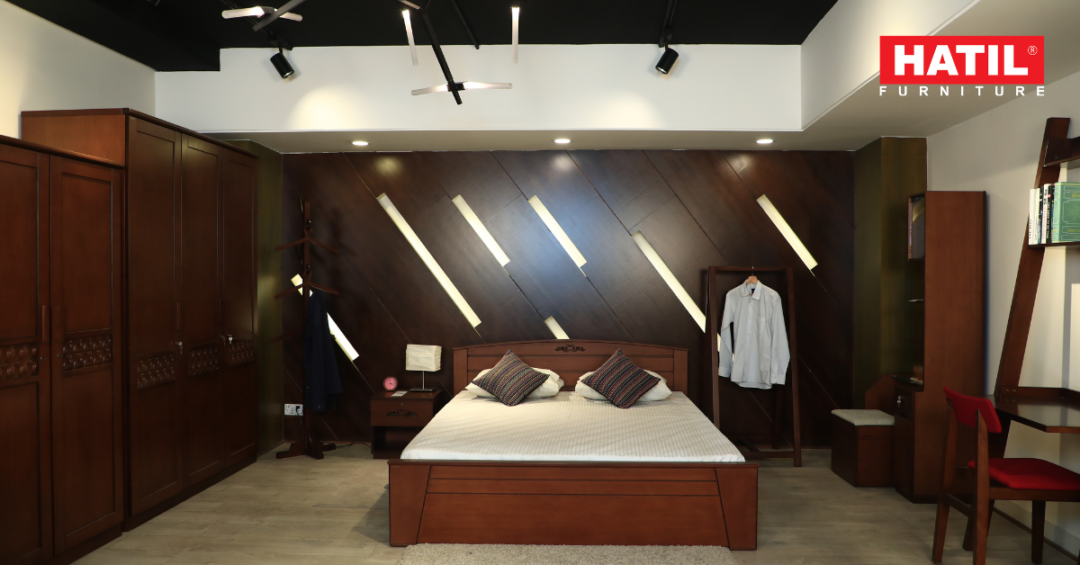Leather furniture brings a touch of style and elegance into any room that it is placed in. However, like all things in life, they are at risk of getting worn out or damaged. Problems such as stains, tears, cracks, and scratches are very common.
The best way to resolve this is to immediately take care of the problem to the best of your ability. This will ensure your leather furniture’s top-notch appearance and longevity. To make this maintenance journey easy for you, we have drafted the ultimate guide where you can learn all about the process of repairing leather. So, let’s get started.
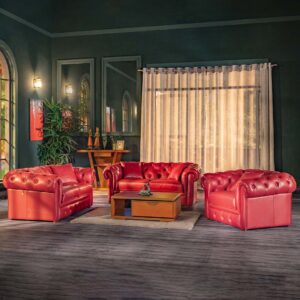
Assessing the Damage
No matter what sort of damage your leather furniture has sustained, the first step is to fully assess it rather than rushing to fix it. This will equip you with the exact understanding of how to approach a specific damage. Here are some of the most common types of damages and how to identify them:
Surface Scratches
Surface scratches are inevitable from long-term use. These are minor signs of wear that are only visible on the top layer of your leather furniture. To fix such scratches, you can use a leather conditioner, cleaner, repair kit, or a lint-free cloth.
Tears and Holes
They are a more severe type of damage that penetrates through the leather. In such cases, filling or patching is required. For more serious damages, you should use a patch kit. This comes with a color chart that will allow you to match the color of the leather with it.
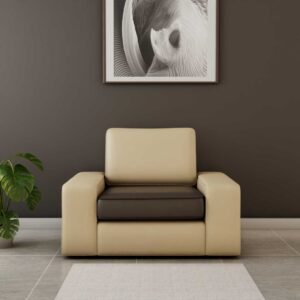
Cracks and Peeling
This occurs mainly due to aging or dryness. Due to this, the leather starts to flake and sometimes split. To fix this, you can use a leather prep product and a soft cloth to remove the peeling finish off the leather. Later, use a few coats of leather binder to seal it all in.
Stains and Discoloration
This largely occurs due to any spills or contact with oils. Long-term exposure to sunlight will also lead to this. However, this can be reversed by using a leather recoloring kit. Using this, you will be able to clean, dye, and finally protect your leather furniture.
What are the Essential Tools and Materials Needed to Repair Leather Furniture?
The second most important thing to repair your leather further is the tools and materials you plan to use. In terms of cleaning supplies, you need to have water, soft cloths, and mild soap on hand for cleaning the leather. You can also choose to use a leather repair kit, which has things such as colorants, leather fillers, adhesives, and applicators.
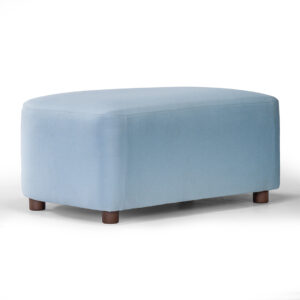
They are specifically designed for at-home repairs and are easily available in stores and online to purchase. Lastly, and most importantly, you need to have protective gear such as gloves.
How to Repair Your Leather Furniture?
Before starting with the repair process, you need to identify the type of leather and decide on the repair method and product accordingly.
Full-Grain Leather Furniture
This is one of the highest quality leathers. Full-grain leather has no artificial surface treatment and has natural imperfections.
In case of minor scratches, buff it out with either conditioner or leather oil. Tears or cracks are more difficult to repair as the natural grain can get damaged. So, use leather fillers mindfully and match them with the exact color to ensure a natural blend.
Top-Grain Leather Furniture
This is the second highest quality leather found in the market. Top-grain leather furniture is sanded and treated from a nice finish and then coated with a protective layer for scratch and stain resistance.
For regular cleaning, avoid harsh cleaners as they might damage the protective coating. For minor scratches, using conditioners or touch-up kits specifically for coated leather will do the trick. In case of tears, you can either choose fillers or adhesive patches.
Bonded Leather Furniture
This is made from leather scraps that are combined together with polyurethane and other materials. Due to this, they are comparatively less durable than real leather.
Bonded leather furniture is more at risk of peeling. For repair, you can use faux leather patches. In the case of color deterioration, you may use touch-up paints, as bonded leather will not react well to dye.
Faux Leather Furniture
Faux leather is made from plastic-based materials such as polyurethane or vinyl. These pieces of furniture have a uniform color and texture.
In case of tears, synthetic leathers need special vinyl or faux leather repair kits. This is because the normal adhesives will not work for them. One disadvantage for them is that once the peeling starts, it is hard to stop it. The best solution is to cover the damaged area with a patch.
Preventive Measures and Maintenance Tips for Your Leather Furniture
There are some extra measures you can take to ensure the longevity of your leather furniture. These include:
- Regularly cleaning and dusting your leather furniture to stop dirt from building up.
- Always clean your furniture with a soft and damp cloth with a mild soap.
- Use a good quality leather conditioner every 3 to 6 months to prevent cracks or peeling.
- Keep your leather furniture away from direct sunlight, as it may lead to fading or cracking.
- In case of any spillage, wipe the area immediately to avoid staining.
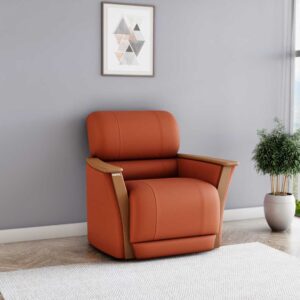
Conclusion
Overall, leather furniture is a good investment both in the case of style and comfort. However, to keep up its elegant look, it needs regular and proper care. From tending to minor scratches to repairing serious damages, our guide tells you how to deal with a variety of leather types.
FAQs
Can I repair leather furniture myself, or should I hire a professional?
This depends on the condition of your furniture. For small issues such as scratches, discoloration, and small tears, you can fix them yourself with the right tools. However, for larger damages and rare leather types, hiring a professional is best.
How long does a leather repair typically last?
An elaborate repair process will last you years. It largely depends on the quality of the products you are using and the type of damage on your furniture.
Can I dye my leather furniture to cover discoloration?
Yes, you can use leather dyes or colorants to restore the original color or change the furniture’s color entirely. However, make sure to clean your leather thoroughly and apply the dye evenly on the surface of your furniture. Make sure each layer is dry before moving to the next.

